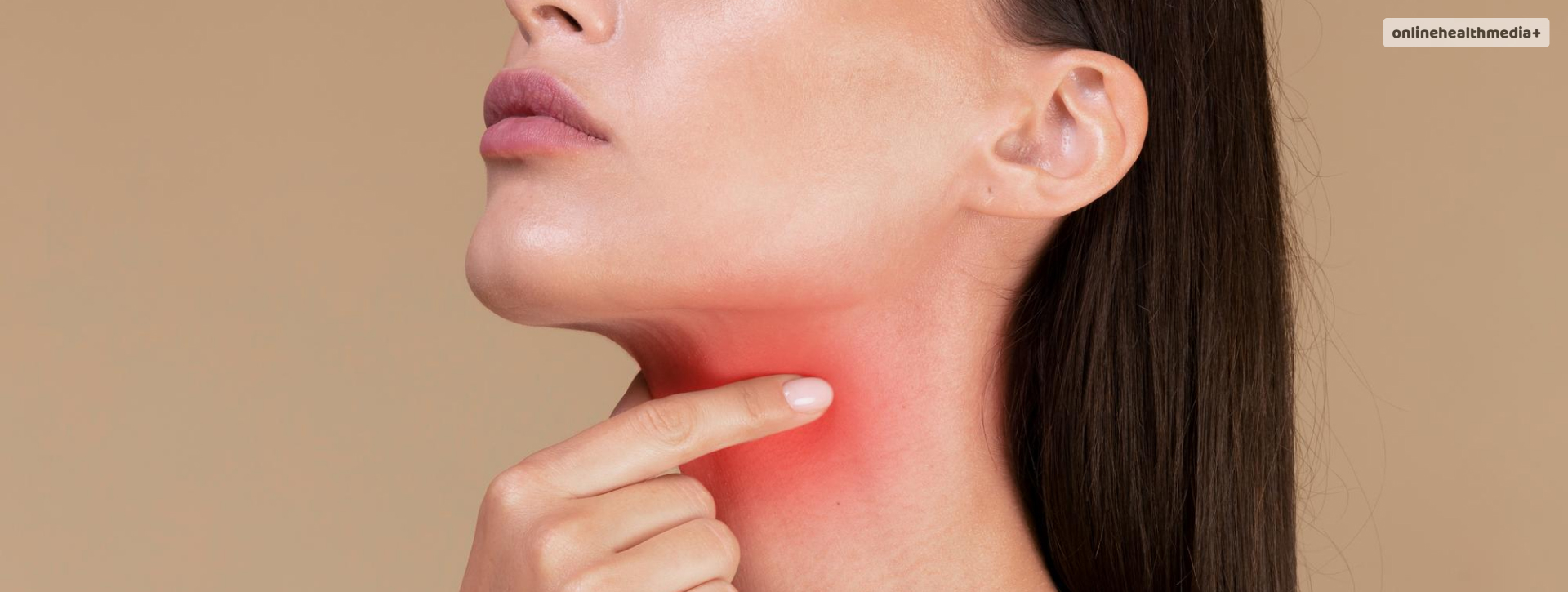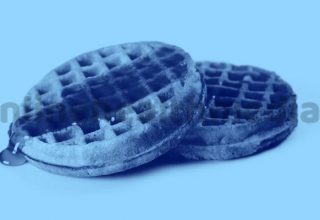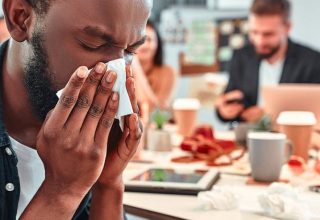Cobblestone Throat: What Is It, Causes, How To Treat And More!
Cobblestone throat or pebble-like bumps on the back of the throat is a condition that can cause serious irritation.
The condition can develop due to several reasons, leading to the development of bumps that are raised tissues.
If you are experiencing any of the causes listed in the following sections, you will notice these bumps when you look in the mirror with your mouth wide open.
These bumps may be tissue with fluid in it, which remains as a temporary formation on the back of your throat. These often go away on their own. However, they can also require professional treatment.
The following article will answer the questions that you may have, such as how the condition is treated, its causes, and other queries, which are briefly addressed in the FAQ section. Let’s begin!
What is a cobblestone throat?
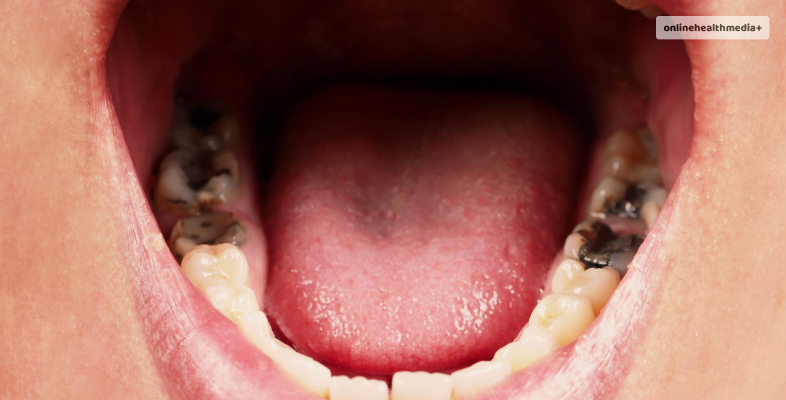
A cobblestone throat is a condition due to the inflammation of the tissue at the back of your throat. Raised tissues at the back of the throat or anywhere on the body can raise concerns that are usually rooted in the fear of developing cancer.
However, cobblestone bumps are not cancerous growths; these bumps are harmless and can be due to allergic reactions. The condition can also be a response to irritants that you may encounter in your daily life.
The immune system becomes active when you encounter an allergen as well. This reaction can help eliminate the germs and irritants that can cause this condition. Thus, it is good for eliminating the bumps you develop at the back of your throat.
Symptoms of cobblestone throat
You can diagnose the condition with the help of the following signs:
- Hoarseness
- Bad breath
- Dry cough
- Sore throat
- Pain while talking
- Swallowing can also be painful with this condition.
- Constantly feeling there may be something present at the back of your throat.
- Your throat may also feel scratchy or tickly due to the presence of the bumps.
What are the causes?
The following reasons can be the issues that you find fluid-filled bumps at the back of your throat. Let’s have a look:
- These bumps can appear when the adenoids or the tonsils become swollen and irritated.
- The adenoids and tonsils prevent the entry of germs into the respiratory passage.
- The bumps at the back of your throat are due to the irritation of these tissues.
The following reasons may also lead to the formation of cobblestone throat:
- Flu
- Cold
- Allergies
- Acid reflux
- Vaping or Smoking
- Respiratory infections.
Cobblestone throat from vaping is a rising concern due to the presence of allergens in it.
Diagnosis of cobblestone throat
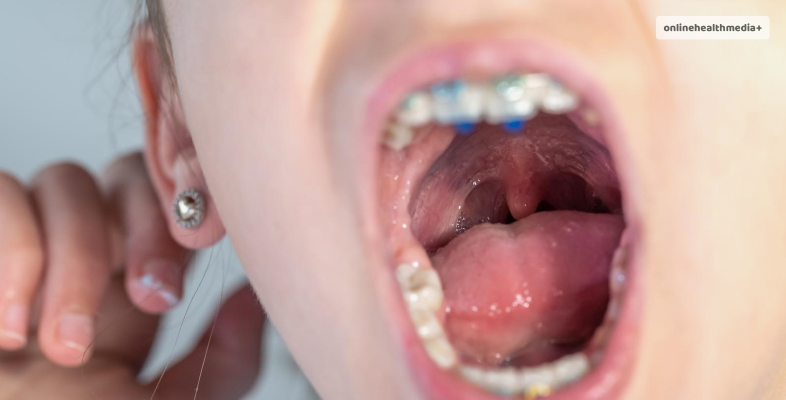
A physician can help diagnose the condition with the help of the following tools:
- Physical examination of the throat
- Additional symptoms that may present itself
- A throat culture test is another option that helps diagnose the underlying condition.
- This test involves taking a sample from the throat and testing it for the presence of the suspected microorganism.
Treatment options for cobblestone throat

When the doctor detects the condition’s cause, it is easier for them to decide the treatment plan for you. The following options comprise the possible treatment options that can be a part of your treatment plan:
- Antibiotics that can help clear infections
- Avoiding allergens that can trigger the formation of these bumps
- Over-the-counter steroid nasal sprays or decongestants
- Non-drowsy antihistamines
Other options that can help improve the condition:
- Drinking warm liquids such as soup, tea, or warm water so that the mucus can thin out and your throat is soothed
- Gargling with salt water (warm water) can help filter out the allergens that can irritate your throat. These can include pollen, dust, mold, or anything else; moreover, as illustrated in the previous point, the water can thin out mucus, which helps get it out of your system.
- Sucking on lozenges that are for relieving sore throat can be useful when suffering from something like a cobblestone throat. The saliva you produce while consuming such lozenge can help lubricate the throat. This, in turn, helps keep the throat cool and fights the bacteria.
- A humidifier is another option that can help you soften the tissues in the sinuses, thinning the mucus.
- Another good option is using honey to combat the sore throat. For example, Manuka honey is a good option to fight the germs and help soothe the inflammation.
FAQs
Cobblestone throat is a bump that can turn up after your body has been fighting an infection. These showing up on the back of your throat are some of the signs doctors look for when you visit them, along with typical signs of an infection – cold, sore throat, etc. However, this is not one of the signs that you may have a sexually transmitted disease.
For example, some people with these bumps on the back of their throat think it is a cancerous bump. When in reality, it is not something that either HPV or cancer can produce as a physical manifestation.
The characteristics of cobblestone throat are unique and can only be differentiated by a doctor; if you notice any signs at the back of your throat, do not self-diagnose or medicate; seek professional advice.
No, cobblestone throat is not a contagious condition. However, it is from an infection that you can catch from someone else.
Infection is a contagious condition where the germ can be passed on to a healthy person, and then a cobblestone throat can develop.
The other causes of this condition aren’t contagious, so the answer is “no.” Thus, as long as you are keeping yourself safe from infectious agents, you should be able to avoid getting or spreading the probable cause of cobblestone throat.
Conclusion
This was all on cobblestone throat. The article also describes the condition while highlighting the causes, symptoms, and treatment options that can help you.
Reducing the risk of developing this condition includes identifying and avoiding substances causing the allergies to flare.
In addition, it also includes avoiding habits such as smoking, vaping, and not following a healthy lifestyle.
